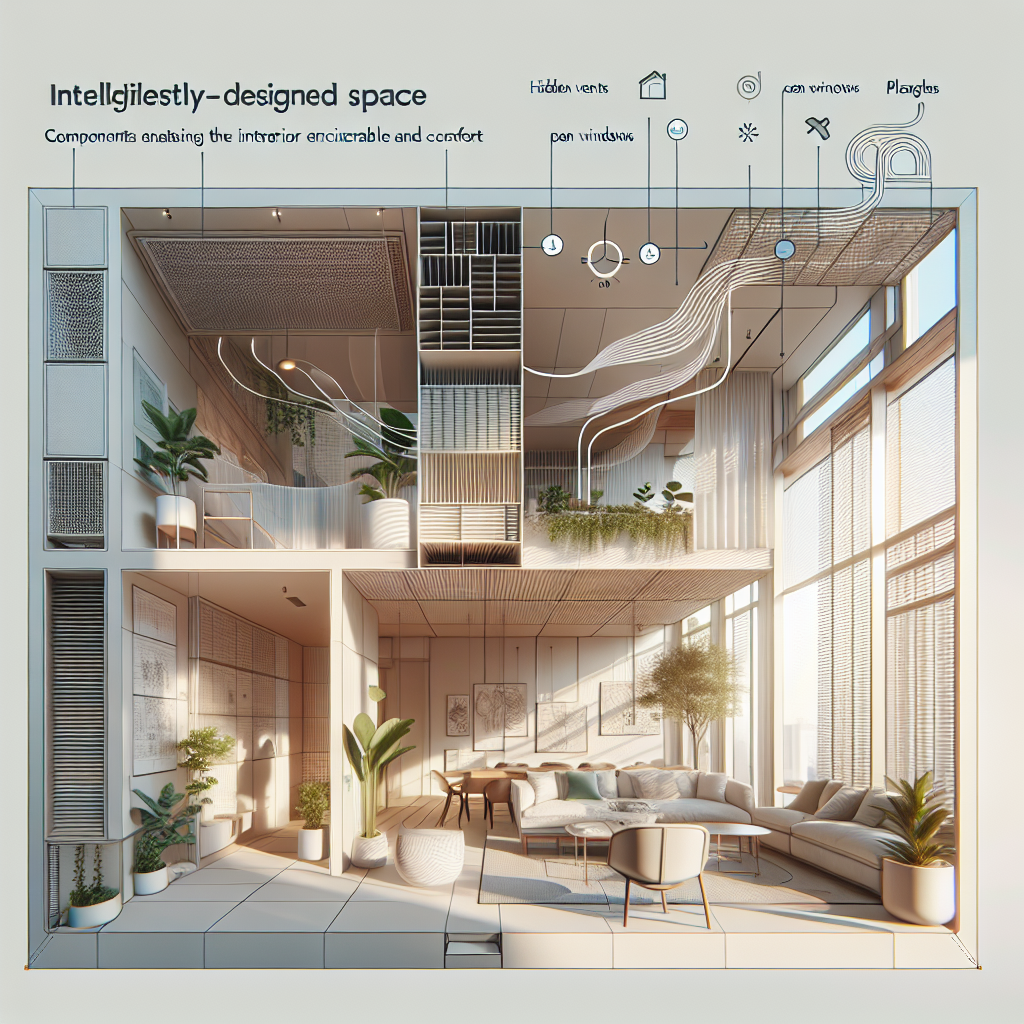Fix today. Protect forever.
Secure your devices with the #1 malware removal and protection software
Proper ventilation is crucial for maintaining a comfortable and healthy indoor environment. Good ventilation design not only enhances airflow but also improves air quality, reduces humidity levels, and prevents the buildup of harmful pollutants. In this article, we will discuss some strategies for enhancing airflow and comfort in spaces through effective ventilation design.
1. Natural ventilation:
One of the most cost-effective ways to improve airflow and comfort in a space is through natural ventilation. This involves designing openings such as windows, doors, and vents to allow for the free flow of fresh air into the space. Natural ventilation not only helps to remove stale air and odors but also reduces the need for mechanical cooling systems, leading to energy savings.
2. Cross-ventilation:
Cross-ventilation is a design strategy that involves creating openings on opposite sides of a space to allow for the circulation of air. This helps to promote airflow and distribute fresh air evenly throughout the space. By strategically placing windows and vents, designers can maximize cross-ventilation and create a more comfortable environment for occupants.
3. Mechanical ventilation:
In spaces where natural ventilation is not sufficient, mechanical ventilation systems can be installed to enhance airflow and comfort. This may include exhaust fans, supply fans, and air conditioning units to regulate air circulation and maintain optimal indoor air quality. Proper sizing and placement of these systems are crucial to ensure effective ventilation and comfort in the space.
4. Ventilation systems design:
When designing ventilation systems, factors such as airflow rates, air distribution, and filtration should be considered to optimize comfort and air quality. The layout of ductwork, diffusers, and grilles should be carefully planned to ensure proper air distribution and minimize drafts. Additionally, incorporating air filters and purifiers can help to remove pollutants and allergens from the air, creating a healthier indoor environment.
5. Control strategies:
To enhance airflow and comfort in spaces, designers can implement control strategies such as variable air volume (VAV) systems, occupancy sensors, and programmable thermostats. These systems allow for the adjustment of airflow rates and temperature levels based on occupancy and environmental conditions, maximizing comfort and energy efficiency.
In conclusion, proper ventilation design is essential for enhancing airflow and comfort in indoor spaces. By incorporating natural ventilation, cross-ventilation, mechanical ventilation systems, and control strategies, designers can create a healthier and more comfortable environment for occupants. Investing in effective ventilation design not only improves air quality but also contributes to energy savings and overall well-being.
Fix today. Protect forever.
Secure your devices with the #1 malware removal and protection software

Leave a Reply
You must be logged in to post a comment.